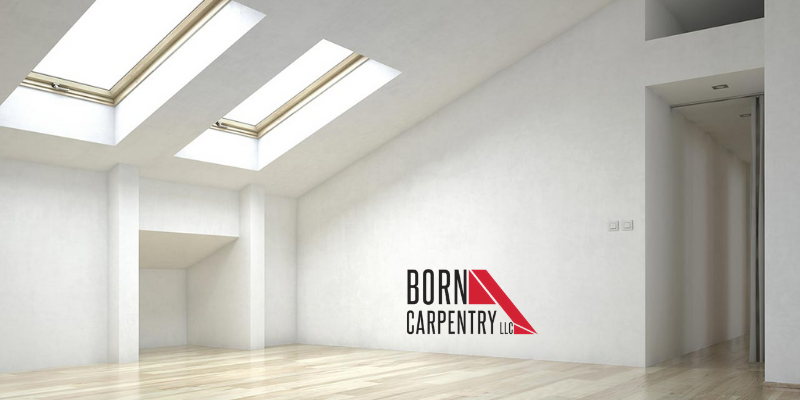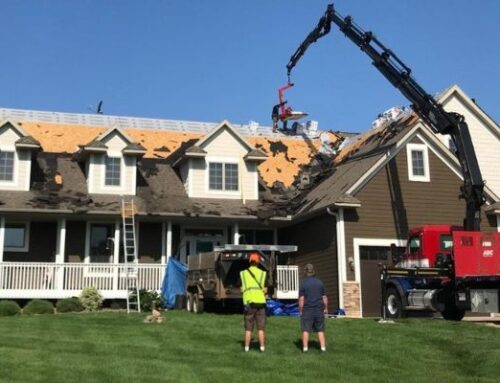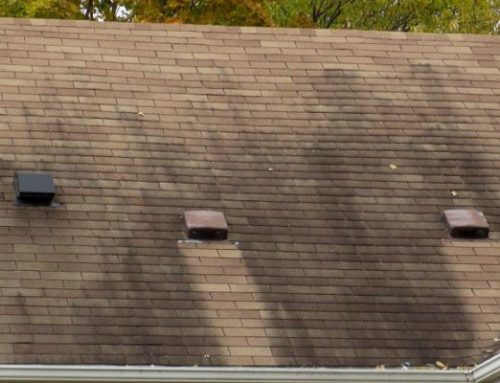Roofs are one of the most essential components of a house. If the roof is strong, you can ensure that your house and your family will be safe and secure. Roofs endure all sorts of harsh weather conditions including heavy rainfall, stormy winds, and snowfall. If you want your family to always be protected, you should take good care of the roofing system and keep your roof well-maintained over the years.
The slightest of damage in/to the roof can cause water to leak and then damage the attic, insulation, and/or house interior. Ideally, you want your roof to be leakproof. How will you know whether your roof is leakproof or not?
One of the most essential components that plays a vital role in ensuring the efficiency of a roof is its flashing. This is the thin metal strip that is aligned perfectly around the chimney and also covers all the edges of the roof. Flashing blends together with other materials to ensure that the roof remains weatherproof and waterproof. Flashing is made of strong metal such as aluminum or steel. These metals are strong, lightweight, and durable.
If you want your roof to remain leakproof, always ensure that you are using flashing made from aluminum or steel and not any plastic or PVC. Plastic roof flashing is not durable and can easily break down when the weather becomes wild and uncontrollable.
Roof flashing ensures that moisture and water content do not enter the roofing system or penetrate inside the house. The flashing of the roof also plays a vital role in covering the seams– the point(s) where materials join to the roof. If you have roof leaks, there’s a good chance something’s wrong with your flashing.
What Are The Major Areas Where Roof Leaks Occur?
#1 Inappropriate Fitting Of The Chimney:
Generally the chimney area is always at a high risk of water leaks. To protect the chimney wall from leaks, it is always better to install flashing all around the base of the chimney. It will help in filling up all the gaps between the chimney and the roof so that water does not enter it. The seal needs to be a weather-tight coating to keep the home dry and safe.
#2 Skylights:

Skylights allow natural light to enter a room. But they are nothing more than a hole in the roof, which makes the roof prone to leaks! Even though your roof may be in good condition, your skylight could be the reason for a leak. The gaps between the frame of the skylight and the roof are covered by flashing. Sealant alone won’t be strong enough to stand up to the elements causing damage– they need a protective barrier to keep the home safe. Many people who have skylights also experience leaks eventually.
#3 Roof Vents:

Ventilation plays an important role in maintaining a balance between the humidity and moisture level in a house. Roof vents are very important as they help with fresh air circulation as well as dispersing heat. That said, sometimes leaks occur at or around roof vents.
Summary:
As a homeowner you must ensure that every part of the roof is maintained in proper condition and perfectly sealed to prevent water leaks. These leaks are usually not noticeable in the early stage, but eventually you’ll see evidence of leaks. Make sure that sealants are installed “tightly,” keeping your roof safe and secure, and, ideally, leakproof!






